Safety stops are a recommended procedure at the end of every dive just to allow some extra dissolved gases to escape your tissues before exiting the water completely and they’re a very unique part of the dive so, there are a few safety stop tips that you need to remember and things to do during a safety stop.
Signals
The first thing is the hand signals between you and your buddy. The standard hand signal uses both hands: one flat with all five fingers apart and the other with three fingers pointing into the palm. A safety stop is three minutes at five meters so, together it makes the hand signal. Other hand signals for your safety stop are to tell your buddy that you are deploying a dSMB and that looks like you’re just throwing a ball in the air with one hand.
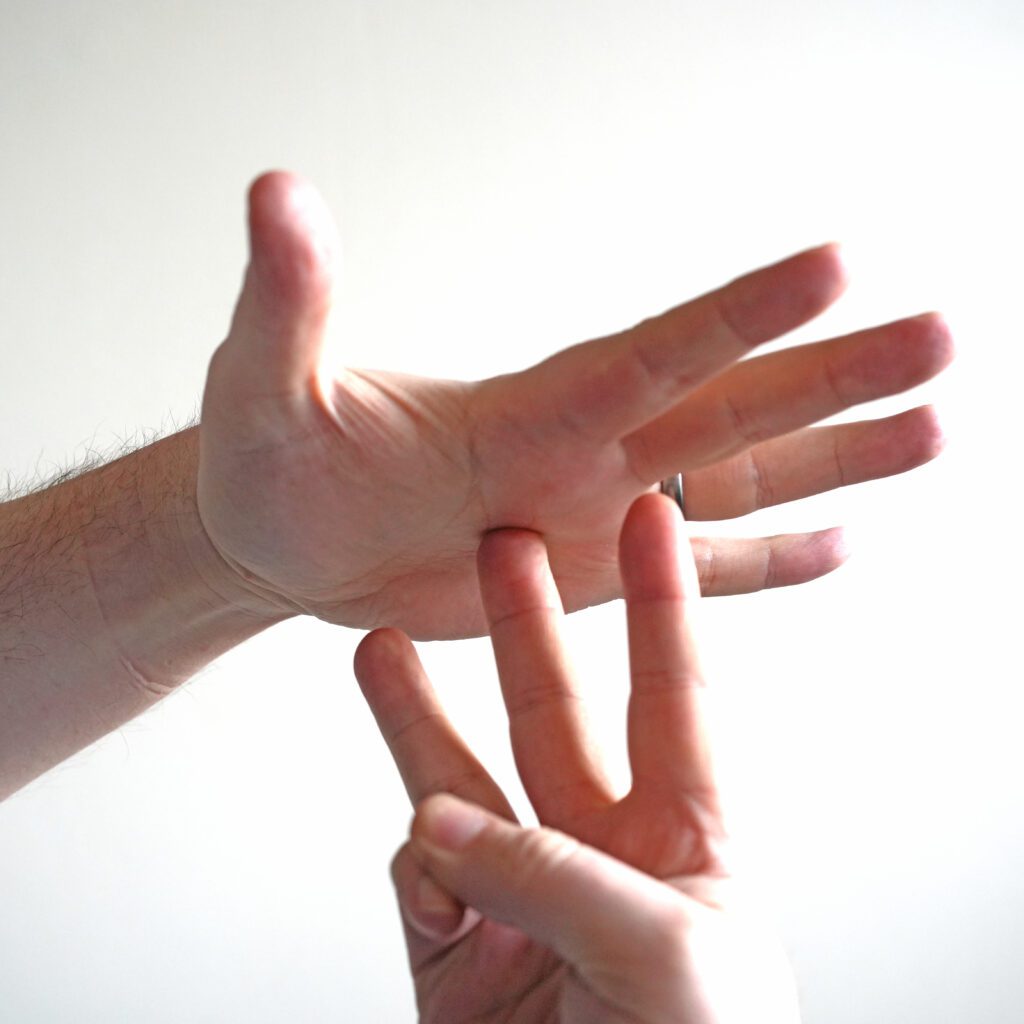
Then it comes down to communicating how much time you have left to your buddy because some computers time things differently and if your dive profiles are different one of you may need longer on the safety stop. But, you’re just using your basic numbers, gesture to your computer and the number of fingers you show is how many minutes you have left. If you want to get fancy you can add a time signal by pointing a circle around your computer. But, when it’s all clear you brush your computer to say it’s all clear and give the OK and Ascend signals.
Buoyancy
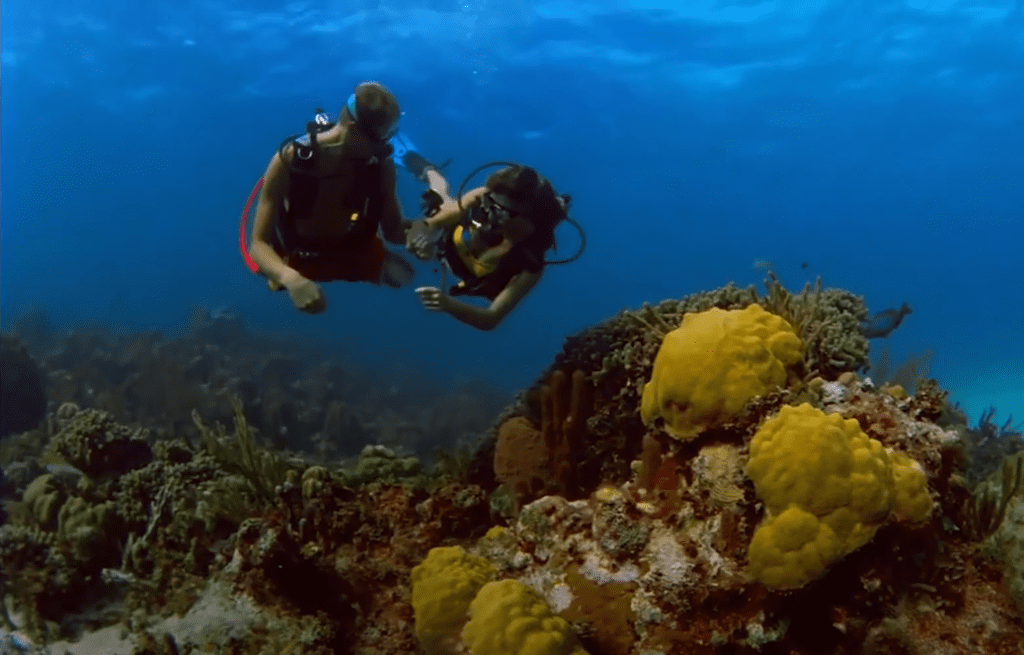
When you’re in shallow water at the end of the dive you are the most buoyant and the shift in your buoyancy is the greatest because any air in your BCD and drysuit changes volume a lot more in shallower depths compared to deeper depths. Your cylinder is nearly empty and more buoyant and you need to take particular attention to your buoyancy just as you’re ascending to your stop depth and have your hand on your deflate button ready so that you can prevent a runaway ascent.
Remember that air in your BCD and drysuit will find its way to the highest point underwater so make your left shoulder the highest point so that any air is near your inflator hose or drysuit dump valve.
Enjoy

One thing that so many divers do on a safety stop, which is wrong, is they just switch off. It’s as if the dive is over and they just spend three minutes looking at their computer screen when there’s still so much to look at and believe me, your computer isn’t going to do anything particularly exciting.
Keep looking around or plan your safety stop to explore the reef at a shallow depth. And failing that, if you don’t have anything to look at, at least play tic tac toe or rock, paper, scissors with your buddy. Some divers practice their bubble rings but, try not to switch off and end your dive at the start of your safety stop, you’re still scuba diving.
Horizontal
Safety stops are best done when you’re completely horizontal in the water so that your entire body is at the same depth and decompressing at the same rate. And if you’re holding onto a line in a current then there’s more space for other divers to be at the correct depth.
Even if there is no current a safety stop is the perfect time to practice your position in the water and work with your buddy to critique your positions and work on your trim for the next dive.
Position
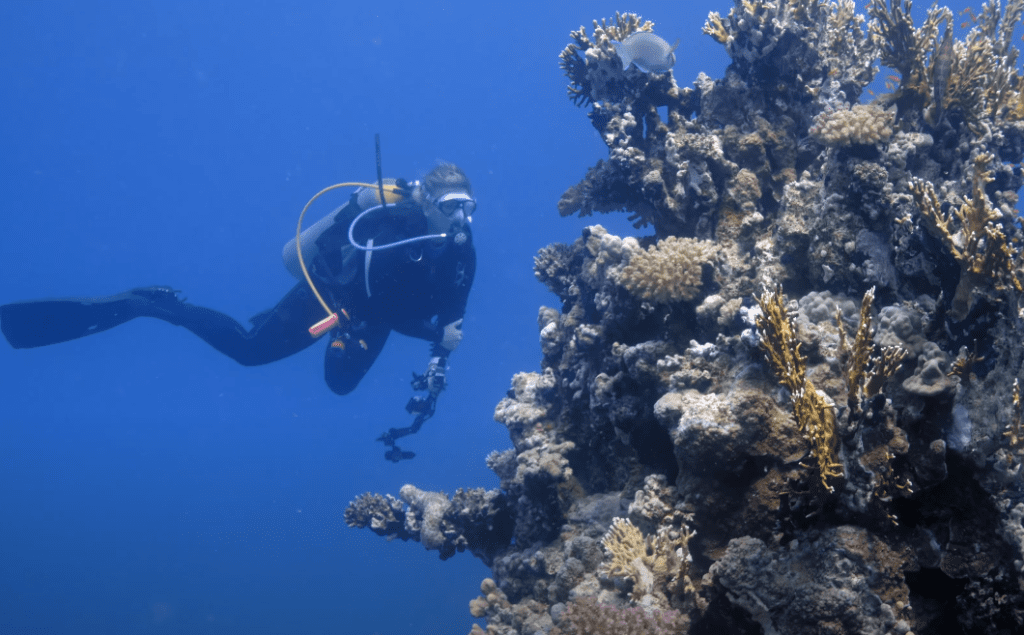
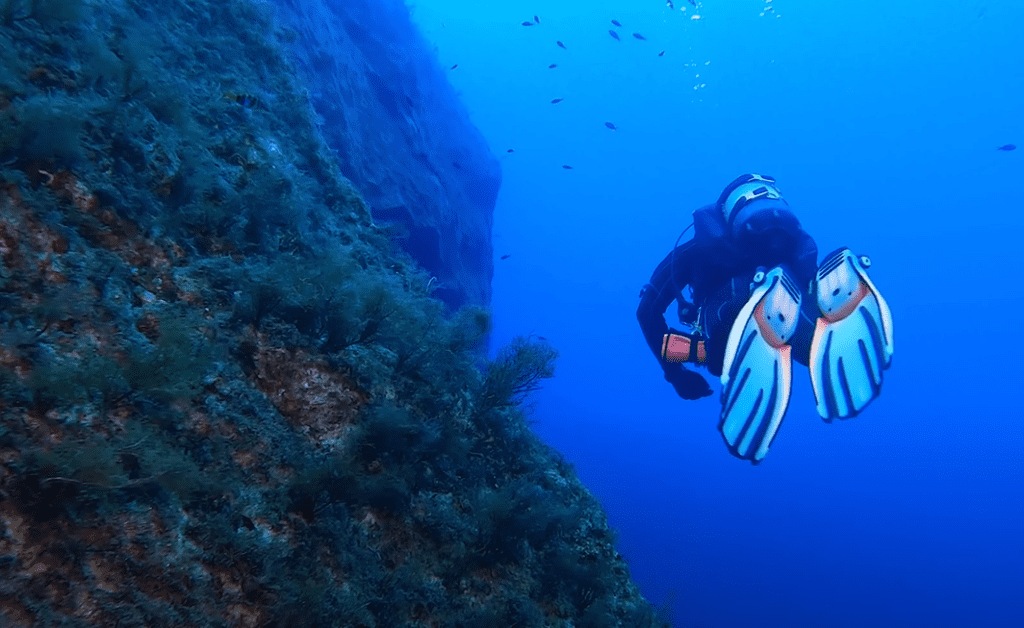
During your safety stop it’s important for you to consider where you are in the water and where you’re planning to exit. It’s far more fun to surface near your exit point than a long surface swim. So, think about where you’re going to exit instead of just hovering on the spot wherever you reached the correct depth.
If a boat is picking you up then you’ll need to swim away from the reef to give them plenty of space to pick you up. Boats won’t get too close to the reef in case the current drags the boat over the rocks so, you’re going to need to swim away from the reef and you might as well do that during the stop
dSMB

If you’re swimming out into open water then a Surface Marker Buoy is essential to let boat traffic know that you’re down there. Once you’ve sent up a dSMB a few times it gets easier, the important thing is to minimize slack line so it doesn’t get you all tangled up both when you’re deploying the buoy and when you’re winding it in at the end, keep that line taught.
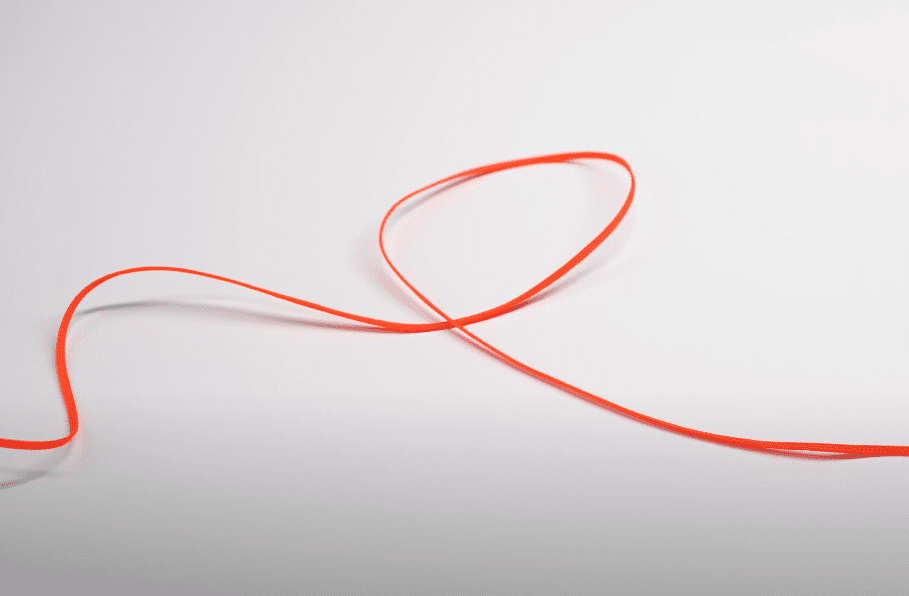
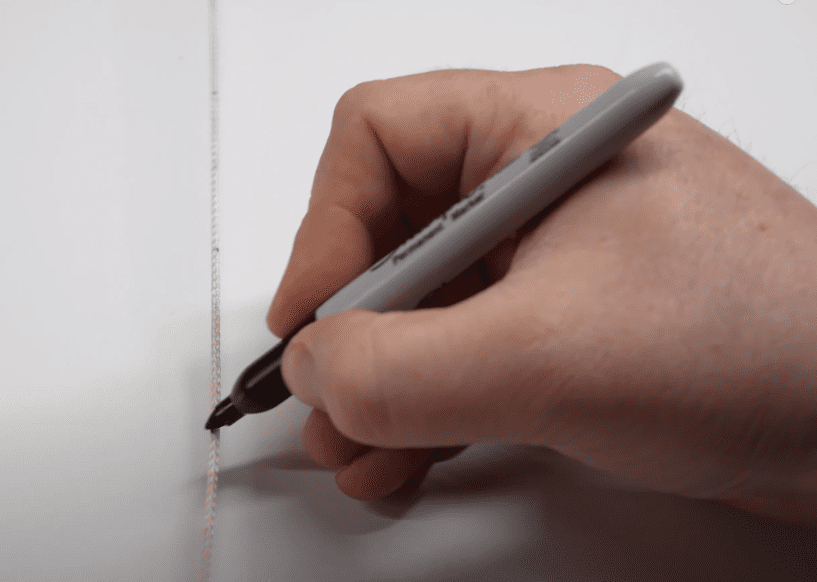
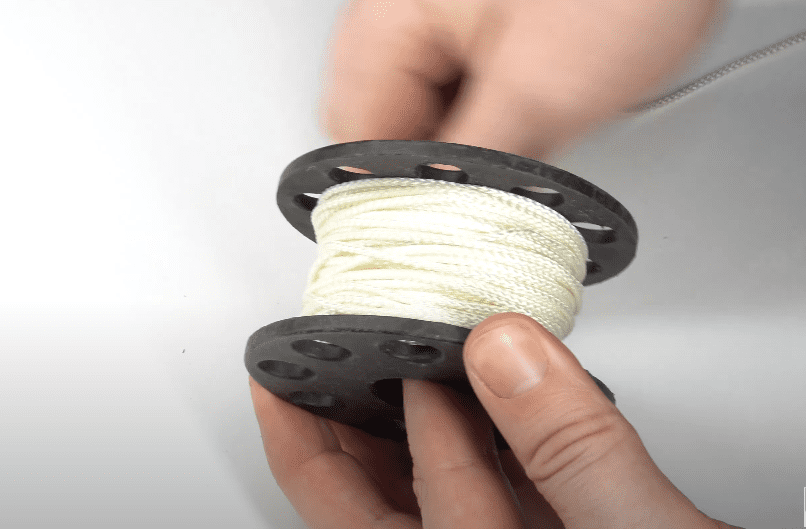
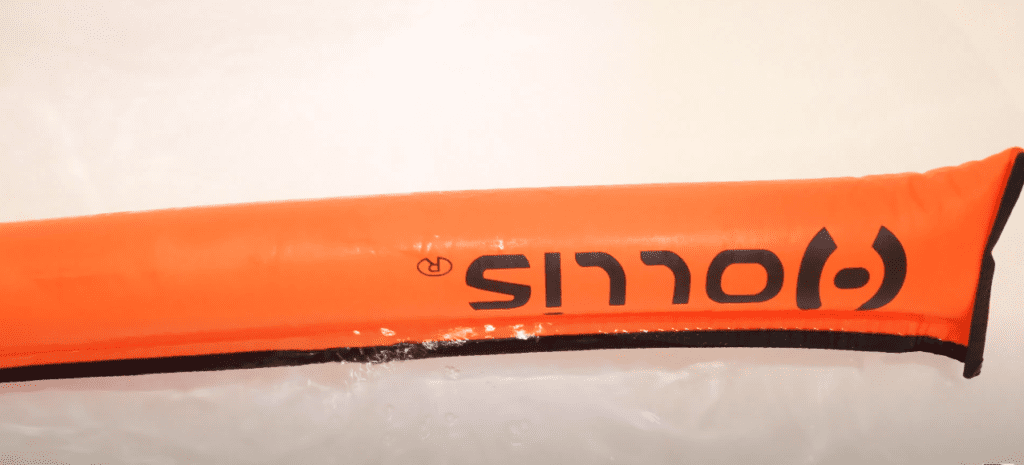
A lot of divers also mark their line at the 5m point as a visual depth marker so they know how deep they are and if they’re sinking or floating too much. But, keep that line taught so that your SMB stands upright in the water otherwise it will flop down and be harder for boats to see.
Hold
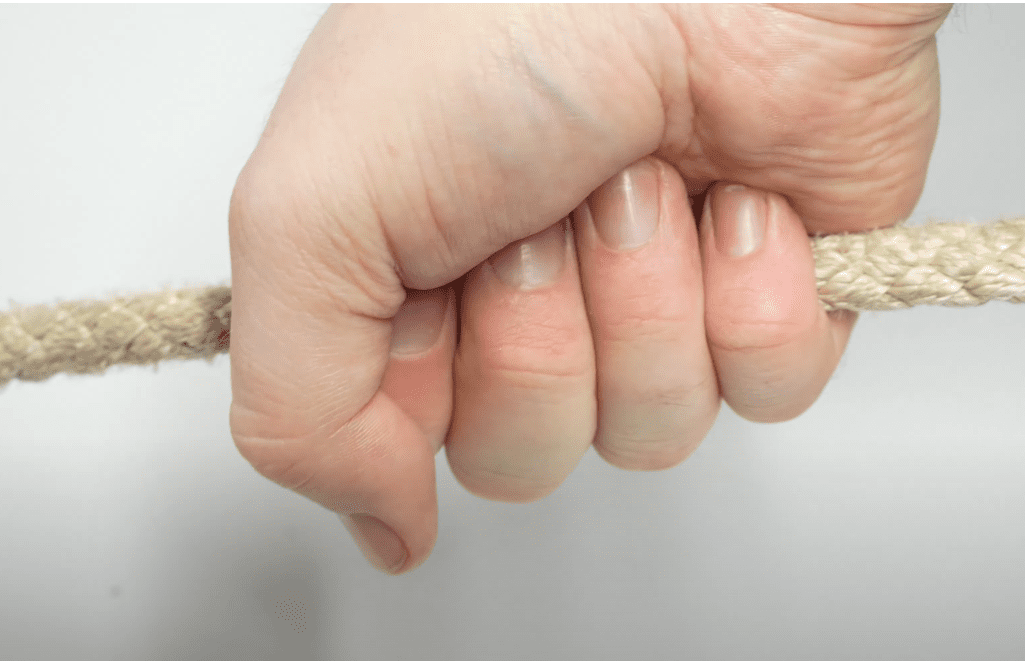

If you’re holding onto a line during your safety stop that’s attached to a boat, don’t hold onto it too tightly because it will yank you around which can be dangerous so, if that rope wants to go, just let it go, only hold onto it gently.

And look at it first before you grab that line because marine ropes are often covered in sharp mollusks and even the rope itself can be very coarse and with wet hands a small movement can cut your hand or damage your gloves. So, be careful with ropes and don’t hold onto it if you don’t have to.
Not Over
One thing that is not recommended to do during your safety stops is practice certain skills. You have a few minutes and it makes sense to hone your skills but, remember that you’re still decompressing even on a safety stop so, if you practice s-drills or something that can lead you to panic and bolt to the surface, don’t.
And after your computer gives you the all clear, don’t just bolt to the surface. You still have to ascend slowly so take it nice and slow, use that deflate button and exhale to slow yourself down. If you’re holding a spool, wind that in fast so your buoy is still standing upright and you don’t have loose line floating around you and your buddy.
Plan The Stop

Include the safety stop in your dive plan and gas management. Safety stops are that extra safety buffer to allow some more dissolved gas to flow out of your tissues, bloodstream and lungs. But, too many divers look at their gauges during the dive and wait until the gauges are in the red zone before ascending.
You have to account for travel time because you’re still breathing gas as you ascend to the safety stop and in a perfect world you should end the dive completely and be back on the boat with 50bar in your cylinder, not just starting your safety stop. It’s all a matter of ‘just in case‘ because it will be that one dive where you’re down to 30bar and your buddy’s regulator fails and now you both have to breathe from your single 12l tank with very little air left in it, counting down the bars until you're forced to swim to the surface to breathe.
Stop, Look & Listen

I’ve already told you to take a look around during a safety stop to keep yourself occupied but, as you’re ascending after your stop, it’s important to turn around and look and listen to the surface. Just because you have a surface marker buoy on the surface doesn’t mean that you’re safe. Not all boat owners are good and observant boat owners.
When you’re ascending look for boat traffic heading your way and be prepared to stop the ascent to avoid a bump on the head and terrifying propellor. You will hear a boat first, but you won’t be able to discern which direction it is coming from so you have to look around to see if you can see that hull coming and avoid it.
Those were ten tips that I could think of but, do you have any handy tips or things to do during a safety stop? Let us know in the comments below. Remember to subscribe to the scuba diver magazine channel for more scuba diving content.
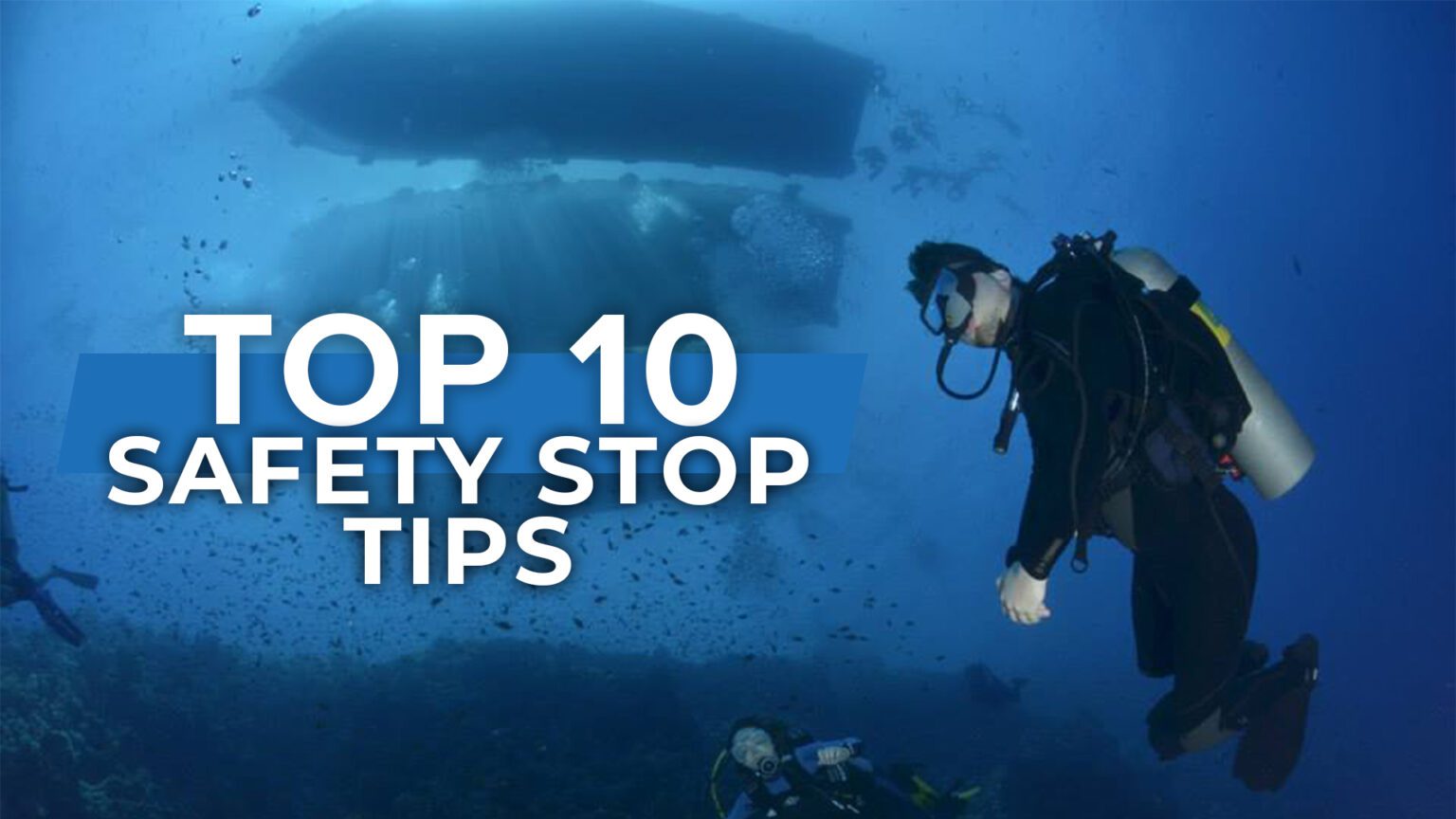








Slow ascent from stop to surface